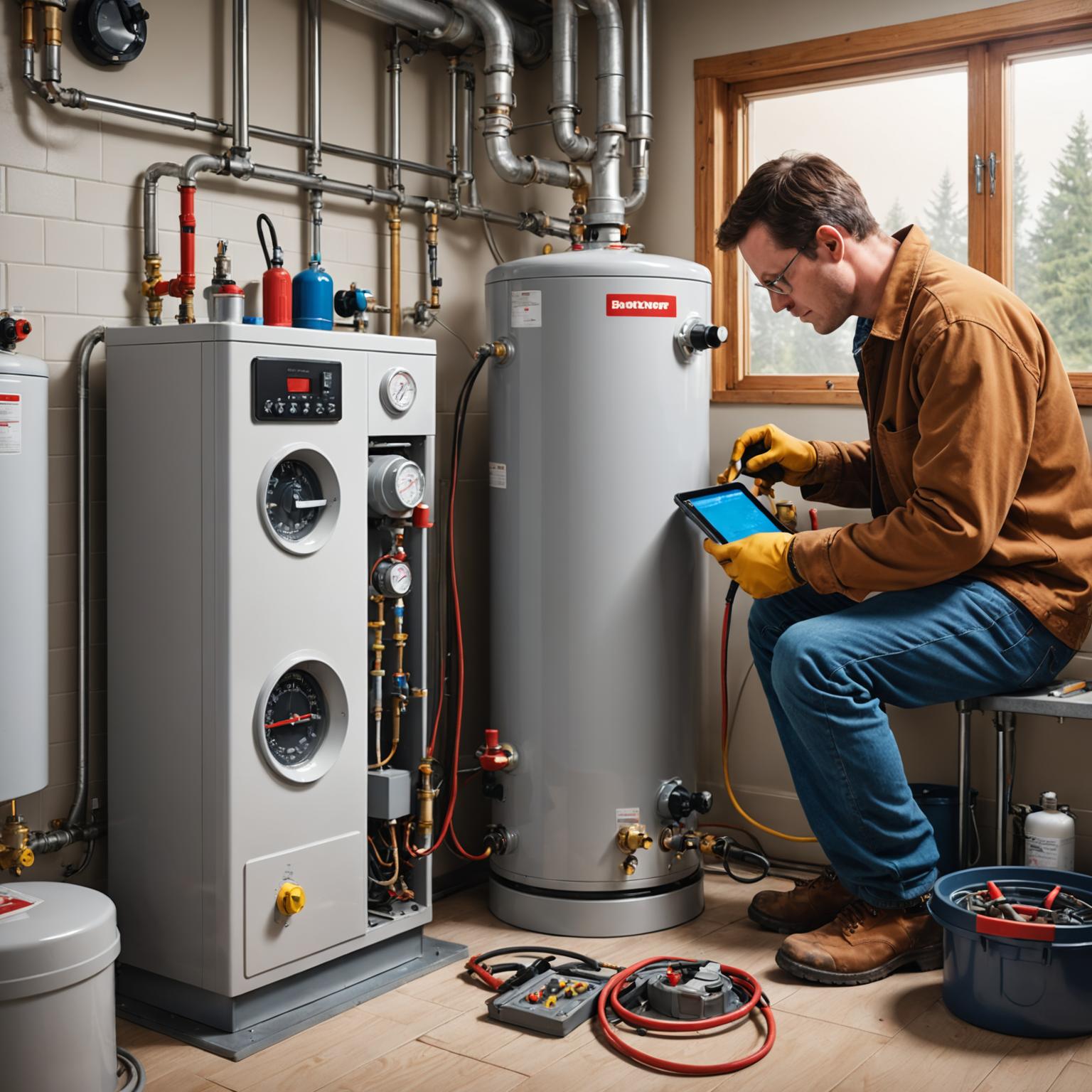A reliable supply of hot water is a cornerstone of modern comfort, yet few of us think about the intricate components working tirelessly inside our tanks. The water heater heating element is arguably the most critical part of an electric system, responsible for the fundamental task of heating your water. Understanding its function is the first step toward troubleshooting issues and maintaining an Energy-efficient electric water heater for years to come.
Understanding the Heart of Your Water Heater
At its core, a water heater heating element is a simple but powerful device. It functions as an electrical resistor, typically housed in a metal sheath, that is submerged directly in the water within the tank. When electricity flows through the element, it encounters resistance, which generates a significant amount of heat. This heat is transferred directly to the surrounding water, gradually raising its temperature to the level set by the thermostat. Most residential electric water heaters have two such elements—an upper and a lower one—that work in tandem to heat and maintain the water temperature. As one of the most essential common electric water heater parts, its health is directly tied to the performance of the entire unit.
Diagnosing a Faulty Heating Element
When your hot water supply falters, a faulty heating element is a frequent culprit. The signs can range from subtle to obvious. The most common symptom is a complete lack of hot water, but you might also experience lukewarm water that never gets truly hot, or an inconsistent supply that quickly runs cold. Another tell-tale sign is a strange noise, such as hissing or popping, coming from the tank. This is often caused by a layer of sediment and mineral scale that has built up on the element's surface. This buildup insulates the element, causing it to overheat and fail prematurely while making those distinctive sounds as water boils in direct contact with the super-heated surface.
Efficiency and Performance: Choosing the Right Element
A well-functioning heating element is crucial for an Energy-efficient electric water heater. When an element is caked in sediment or beginning to fail, it has to work much harder and for longer periods to heat the same amount of water. This inefficiency directly translates to higher electricity bills. Replacing a failing element can restore your water heater's original performance and efficiency. When choosing a replacement, consider a low-watt-density element, especially if you live in an area with hard water. These elements have a larger surface area, which spreads the heat more evenly and reduces the rate of scale buildup, extending the life of the element and maintaining efficiency over time.
Maintaining Your Water Heater for Longevity
Proactive maintenance is key to extending the life of your water heater heating element and other components. The single most effective task is to flush your water heater tank at least once a year. This process removes the sediment and mineral deposits that accumulate at the bottom of the tank and on the lower heating element. Preventing this buildup not only protects the element but also improves the unit's overall efficiency. While you're performing maintenance, it's also wise to inspect the anode rod, another one of the most common electric water heater parts. This rod sacrifices itself to prevent corrosion inside the tank, and a depleted rod can lead to a rusty environment that damages heating elements and the tank itself. Regular checks ensure your system runs smoothly and avoids costly, premature replacements.






